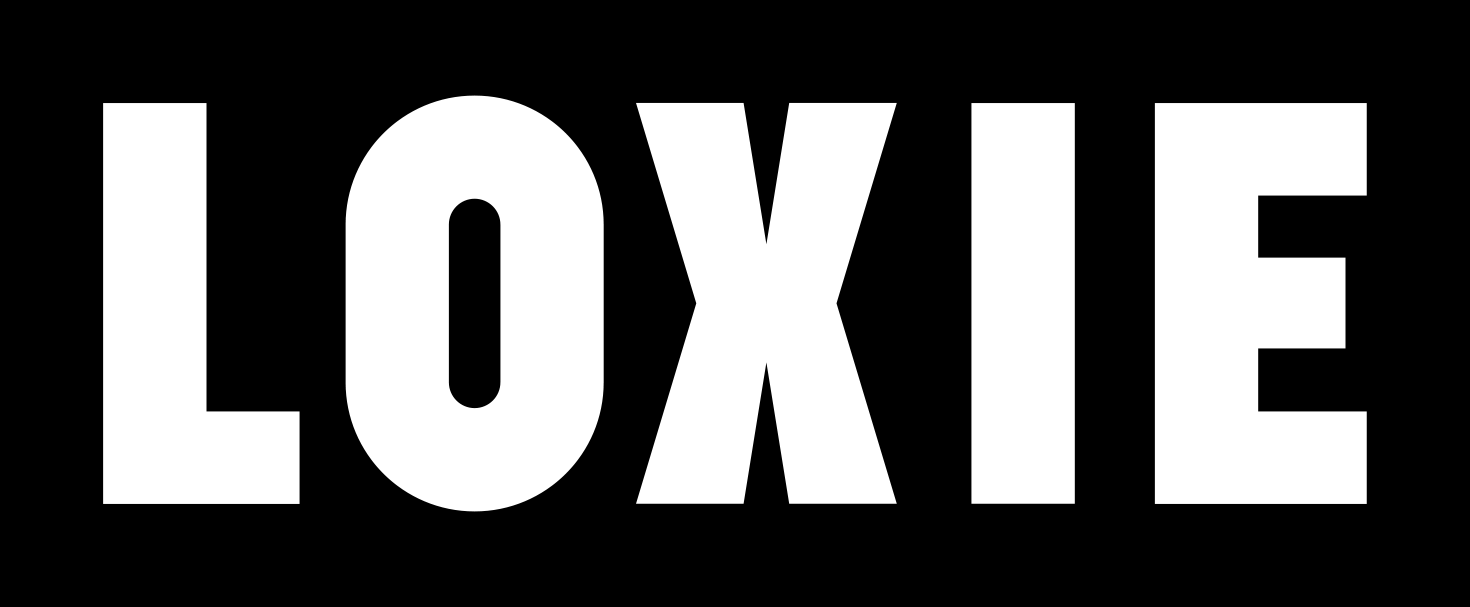Everyone needs a rabbit hole.
When I was about eleven, I learned every flag in the world from a book we had.
Not because anyone asked me to. Not because it was useful.
It was just because I fell down a rabbit hole and didn’t want to climb back out. I became fascinated with the flags – the colours, recurring patterns, colours, connections and similarities. (My 11-year-old self would be furious about how much I've forgotten…).
It took years to see that this wasn’t wasted time. It was practice.
Rabbit holes are underrated. Or at least finding the right ones are. They expand the edges of what we notice, and help us see paths that aren’t on the map in front of us. They sharpen instinct, flip our perspectives, reveal the invisible, and make our brains just that little more lateral in their thinking.
And in work - especially the kind like ours that blends people, places, ideas, and systems - curiosity isn’t a luxury. It’s fundamental.
Curiosity keeps the work of infrastructure human.
It keeps thinking flexible.
It helps you spot the shortcuts, the patterns, the hidden flows - the things strategy documents and formal plans never quite capture. It’s what allows you to sit in the middle of complexity without getting trapped by the obvious answer. It’s what stops language becoming empty and design becoming rigid.
Curiosity is not mindless. It’s direction without destination - subtly pushing you toward better questions and better connections.
The best ideas rarely come from staring straight ahead. They come from taking the blinkers off, tilting your head and looking in a different direction. From wandering. From noticing. From asking. Why this? What if? How else could this work?
So here’s to the rabbit holes that sharpen our thinking instead of scattering it. And the ones that lead to unexpected insights that quietly change everything.
